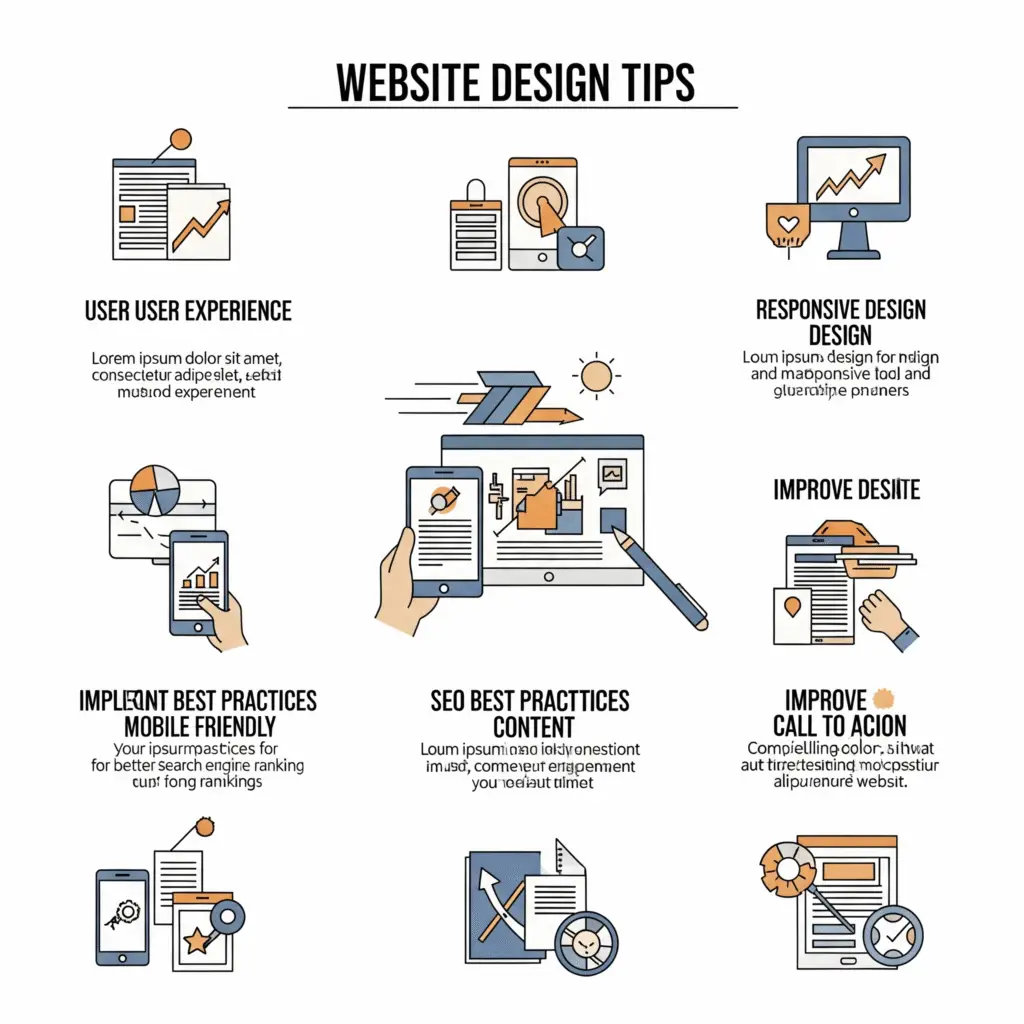SEO Audit & Reporting Tool
SEO Meta Tag Analyzer – Digital Scope

Tips to improve a website
1. Improve Website Speed
Compress images using tools like TinyPNG or WebP format
Enable caching (browser & server-side)
Minify CSS, JavaScript, and HTML
Use a Content Delivery Network (CDN) like Cloudflare
Choose a fast and reliable hosting provider
2. Optimize for SEO
- Use unique meta titles and descriptions for each page
- Structure content with proper H1–H6 heading tags
- Add alt attributes to images
- Use descriptive URLs (e.g.,
/seo-tipsnot/page1?id=33) - Create an XML sitemap and submit it to Google Search Console
3. Make Your Website Mobile-Friendly
- Use responsive design (Bootstrap or CSS media queries)
- Avoid Flash or outdated scripts
- Ensure tap targets (buttons, links) are large enough
4. Write High-Quality Content
- Answer user questions clearly and directly
- Use relevant keywords naturally
- Break text into short paragraphs and use bullet points
- Include internal links to related pages
5. Fix Technical Issues
- Resolve broken links (404 errors)
- Ensure SSL/HTTPS is installed and secure
- Remove or redirect dead pages
- Eliminate duplicate content
6. Improve Navigation & UX
- Keep menus clear and organized
- Add a search bar for large sites
- Make contact info easy to find
- Include breadcrumb navigation for better structure
7. Track Performance
- Install Google Analytics and Search Console
- Use Heatmaps (like Hotjar) to see user behavior
- Monitor bounce rate, page views, and conversion funnels
8. Encourage Engagement
- Add clear calls-to-action (CTA)
- Offer live chat or support options
- Include social proof (testimonials, reviews, case studies)
9. Keep It Updated
- Update plugins, themes, and security patches
- Regularly publish new blog posts
- Replace outdated information or broken resources
10. Ensure Accessibility (A11y)
- Use alt text for all media
- Ensure proper color contrast
- Make the site keyboard-navigable
- Add ARIA labels where necessary









4 Comments